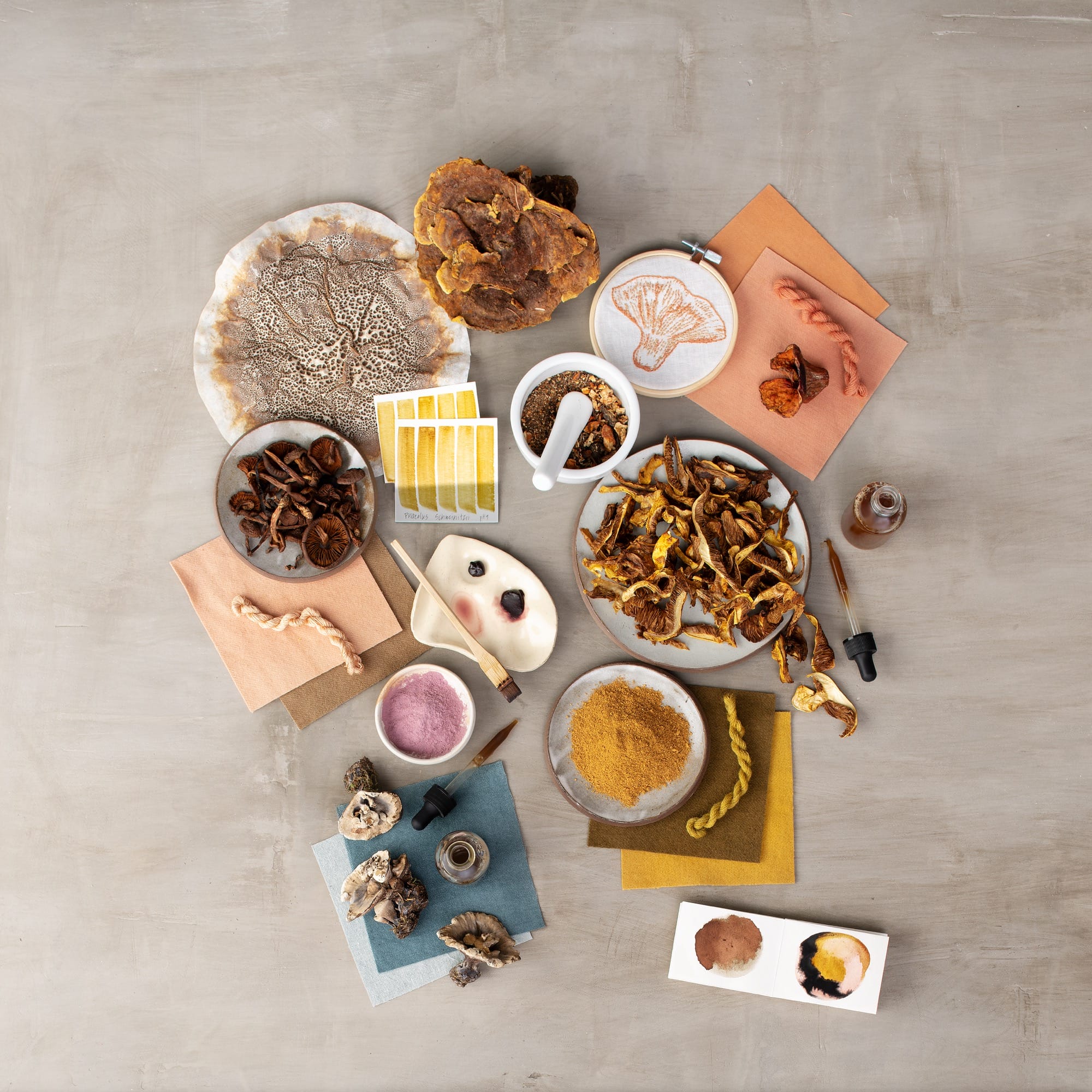
All images © Julie Beeler and Chronicle Books, shared with permission
In terms of genes, humans are actually more closely related to mushrooms than plants! That’s because key characteristics—how we store energy, how our cells are built, and our ability to produce Vitamin D when exposed to the sunlight—are found in fungi but not trees or grass. And that’s only the beginning of our fascination with the mycological world, which yields an endless source of inspiration for avid forager, educator, and artist Julie Beeler.
Beeler’s new book, The Mushroom Color Atlas: A Guide to Dyes and Pigments Made From Fungi, dives into the chromatic world of mushrooms. Published by Chronicle Books, the volume is part field guide and part how-to, shepherding readers through identifying different species, harvesting, and distilling a range of hues. The author has created 500 swatches to illustrate the phenomenal range of natural colors that can be made from different varieties.
While Beeler provides step-by-step instructions for making your own hues, above all The Mushroom Color Atlas emphasizes foraging and hand-processing pigments as a way to more intimately connect with nature, sparking the joy of discovery through creativity and exploration. Grab your copy in the Colossal Shop, and you might also enjoy browsing through the chromatic world of fungus on the project’s website.
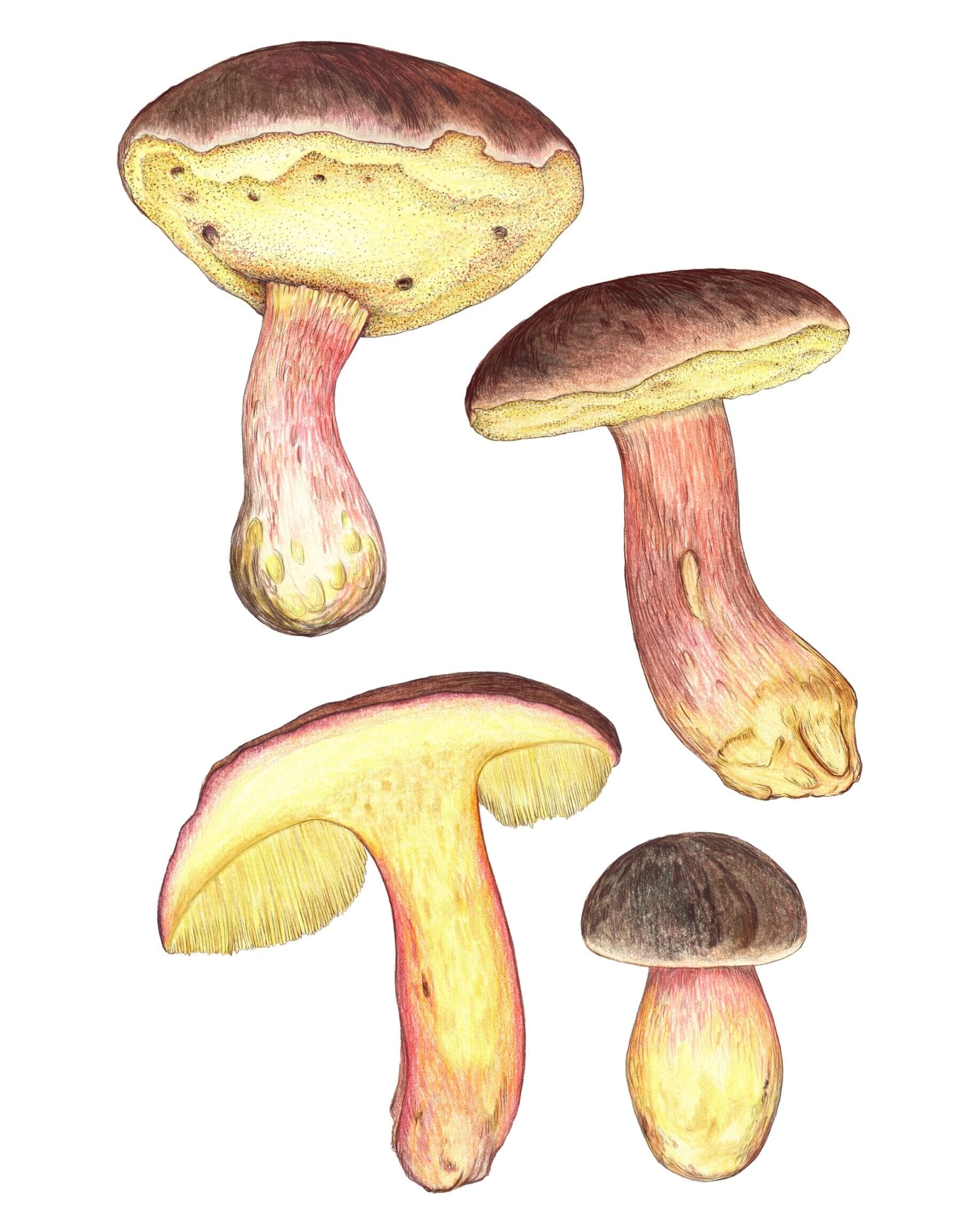
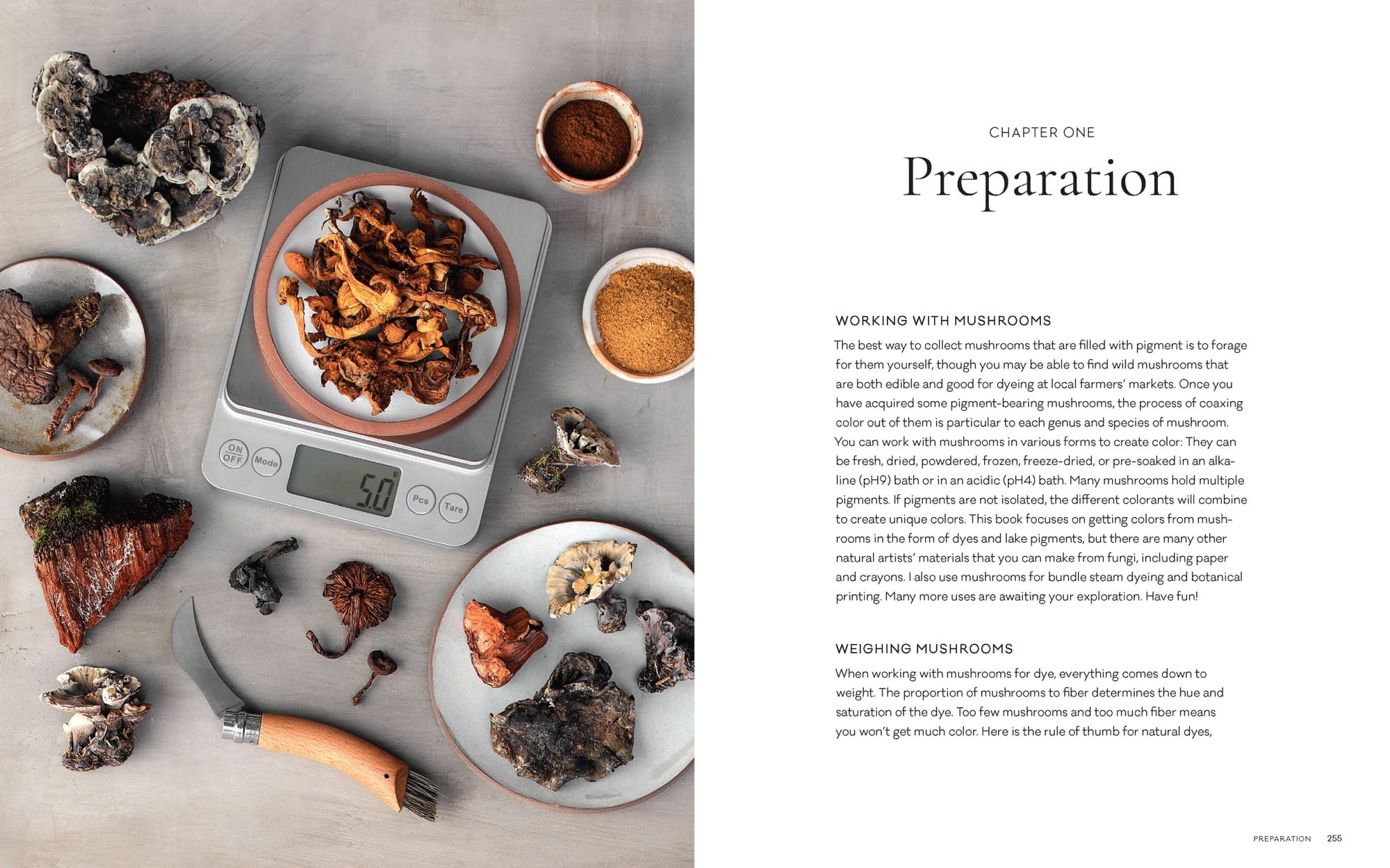
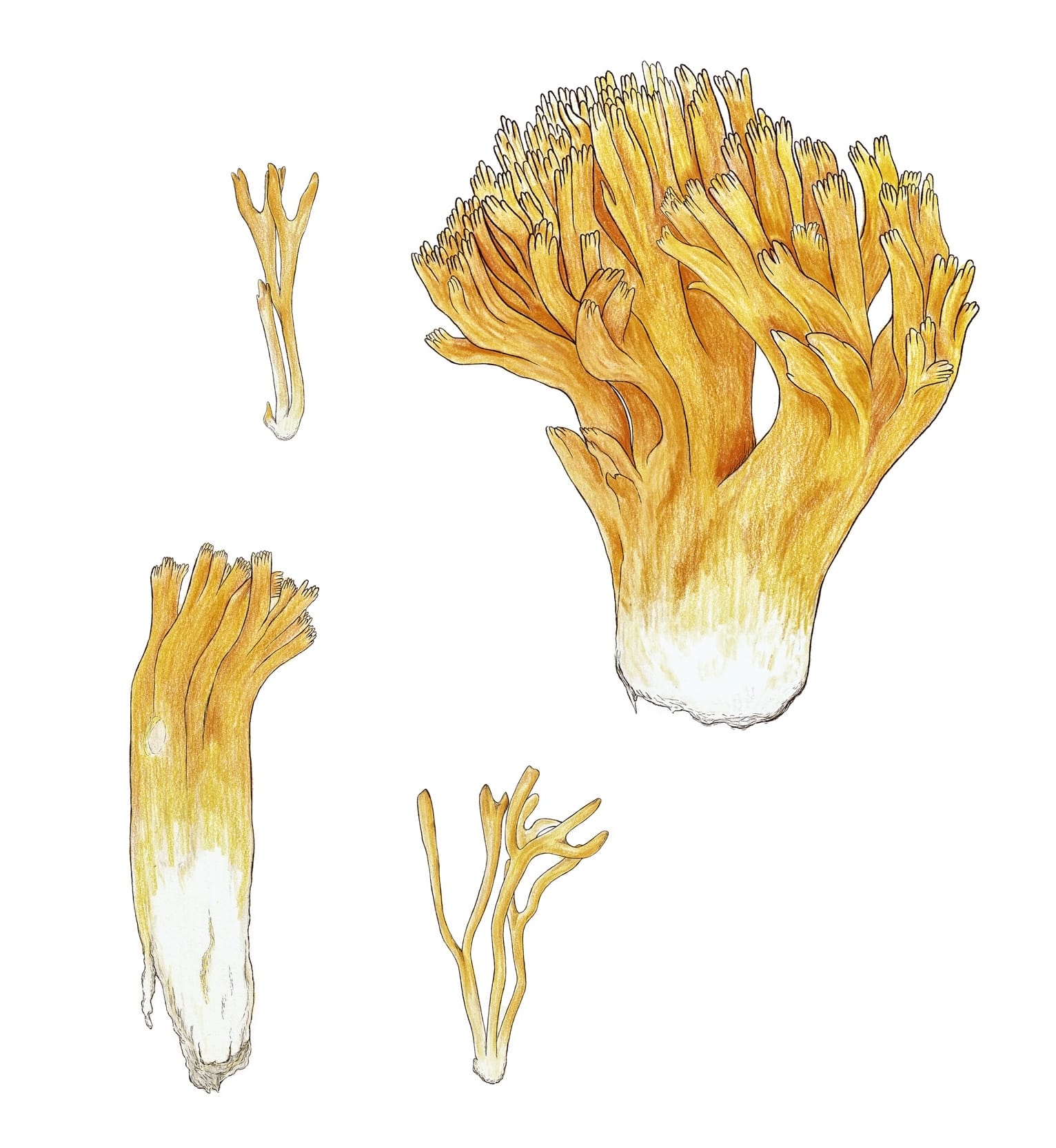
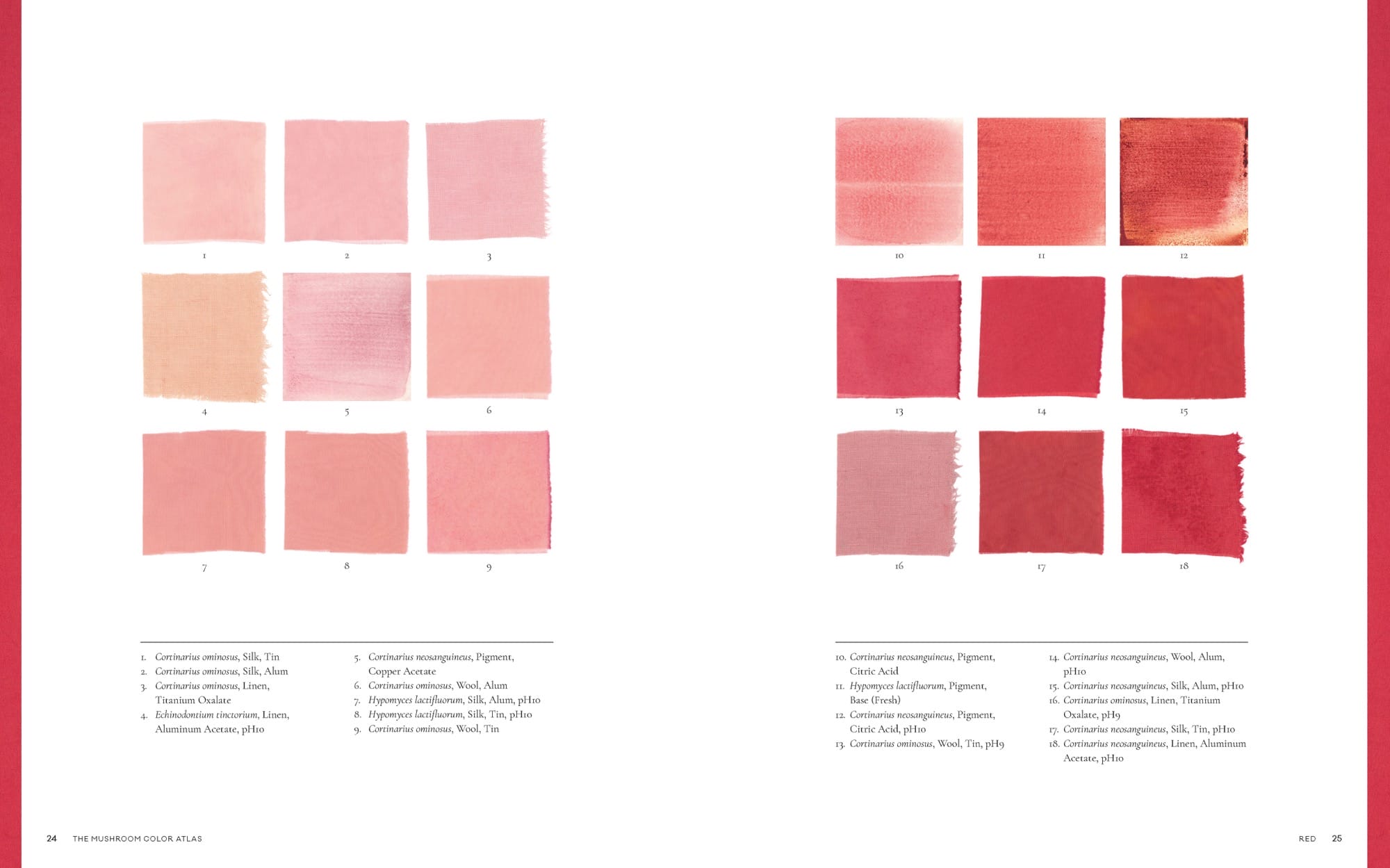
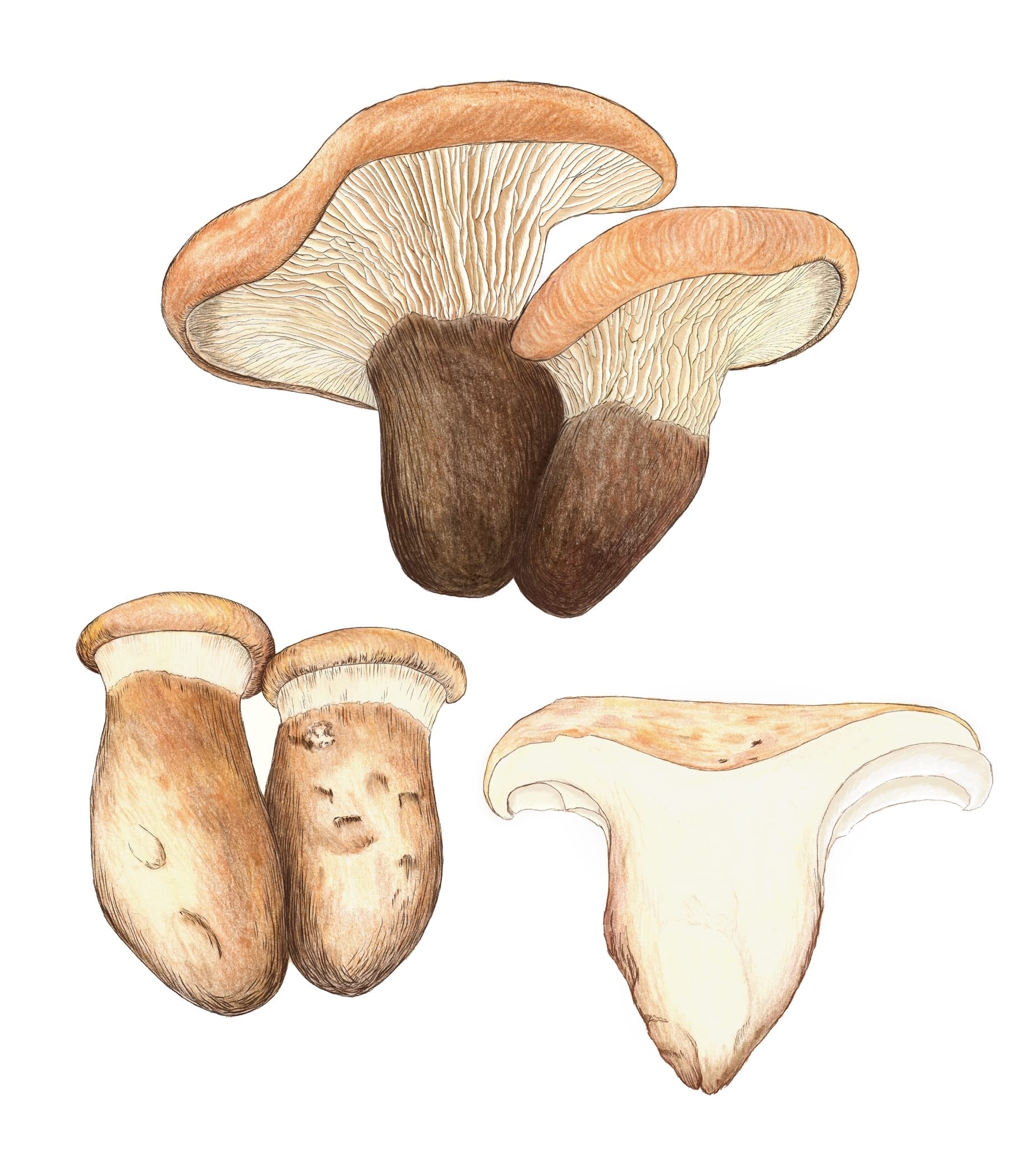
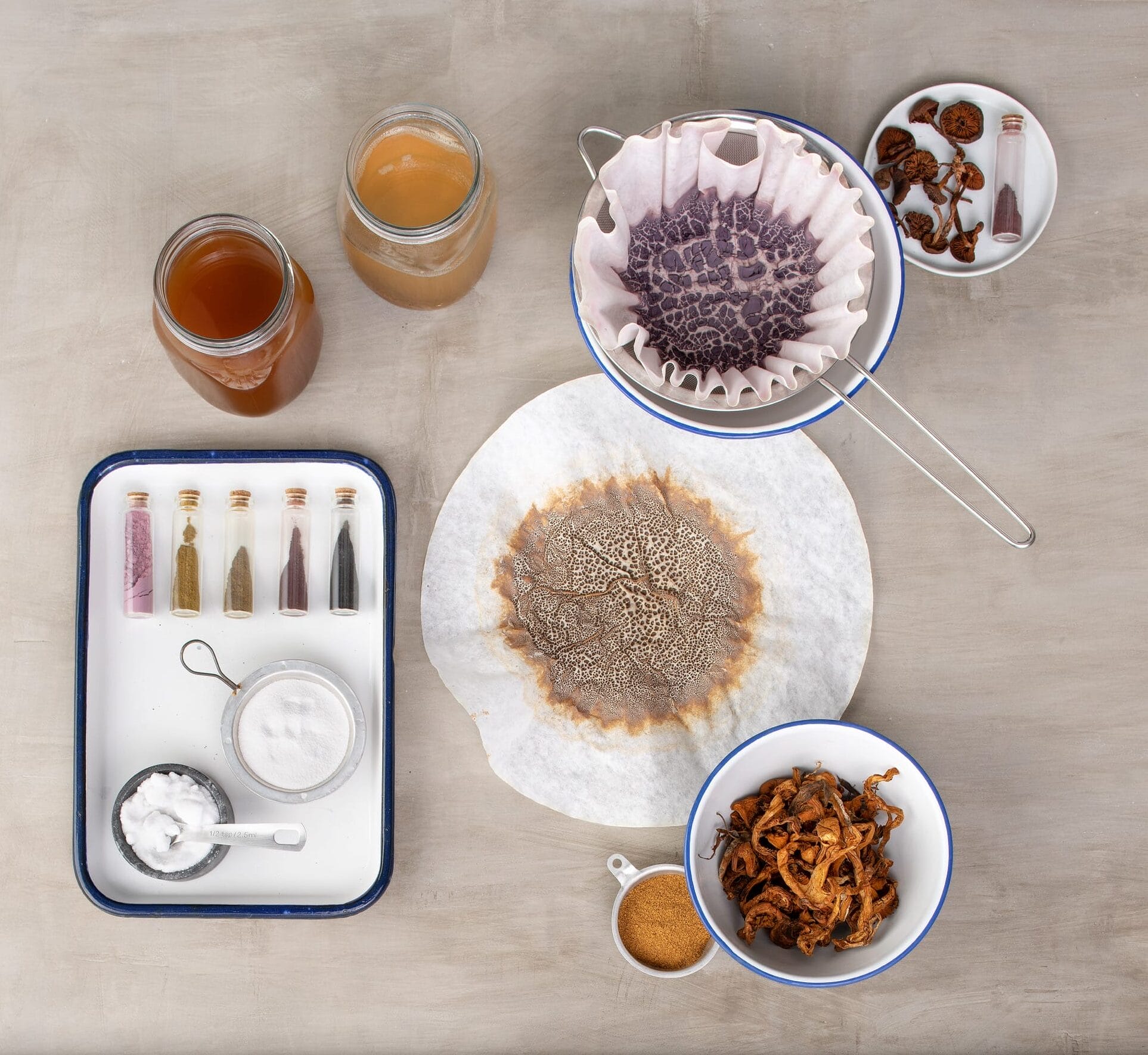
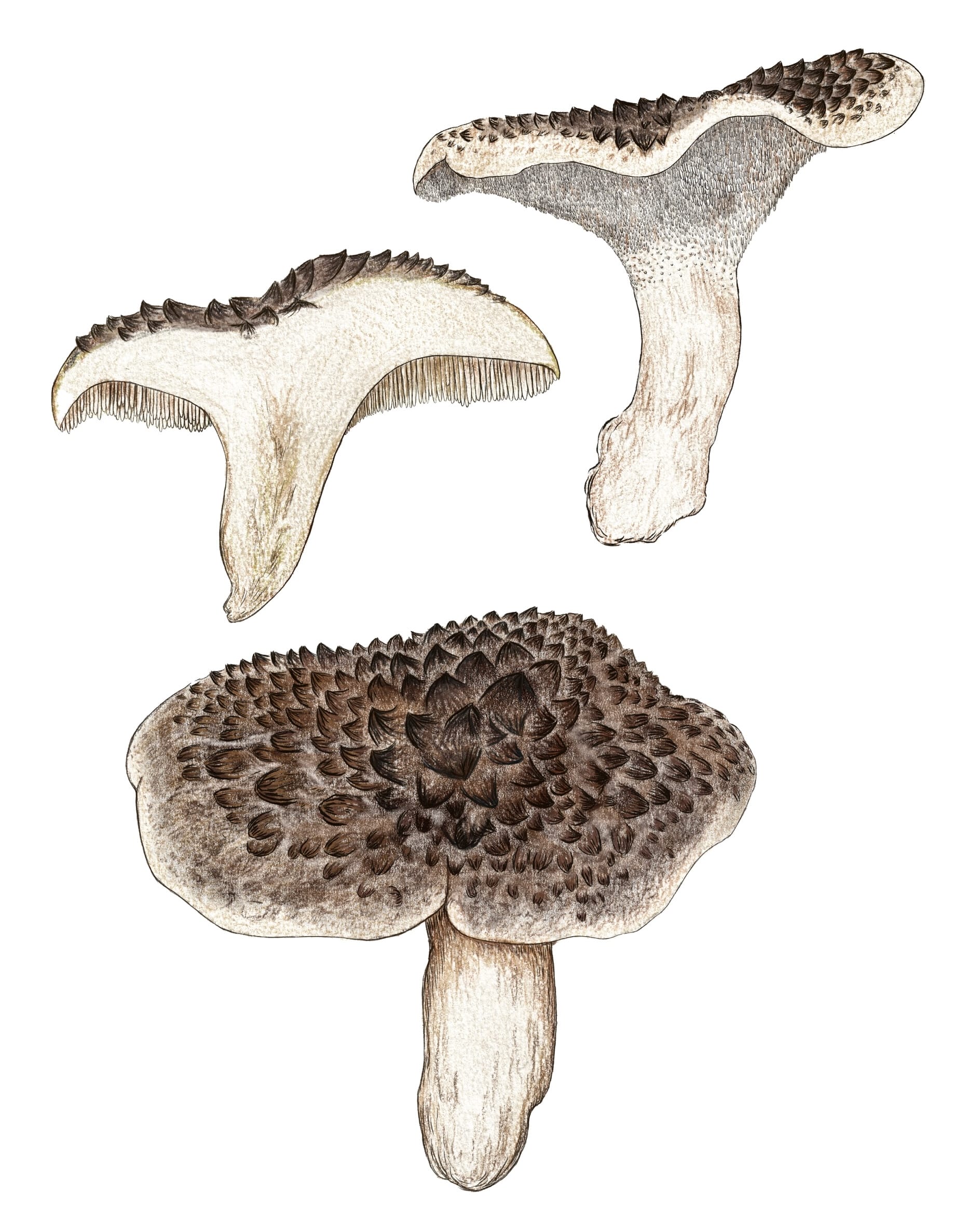
an illustration of a mushroom shown with a cross-section
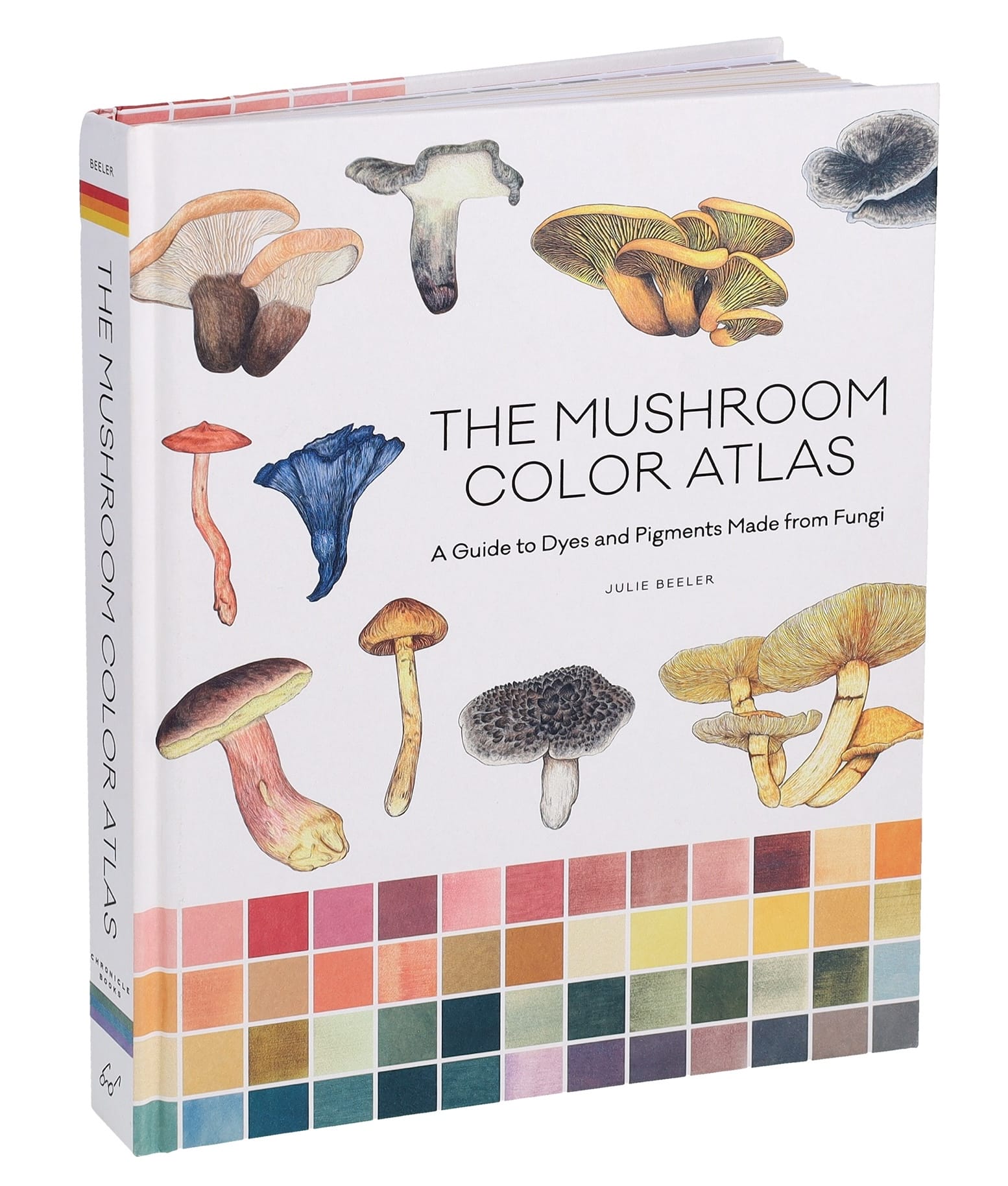
the cover of the book ‘The Mushroom Color Atlas,’ featuring illustrations of mushrooms and color swatches made from them
Do stories and artists like this matter to you? Become a Colossal Member today and support independent arts publishing for as little as $5 per month. The article Learn to Forage and Process Your Own Natural Pigments with ‘The Mushroom Color Atlas’ appeared first on Colossal.